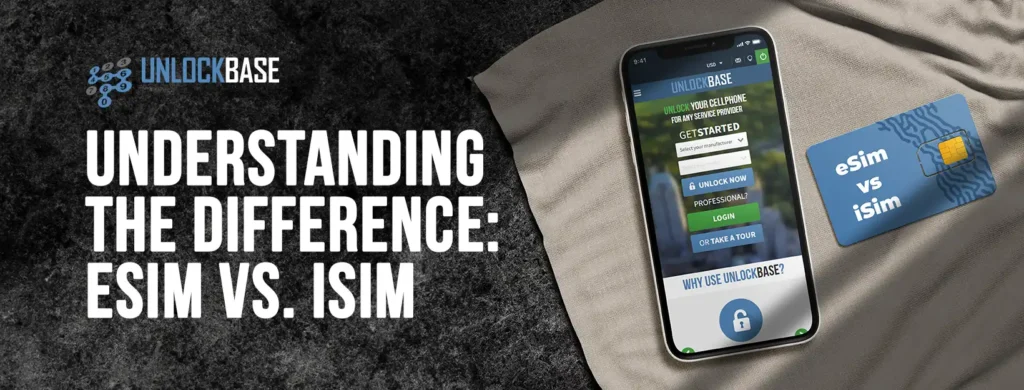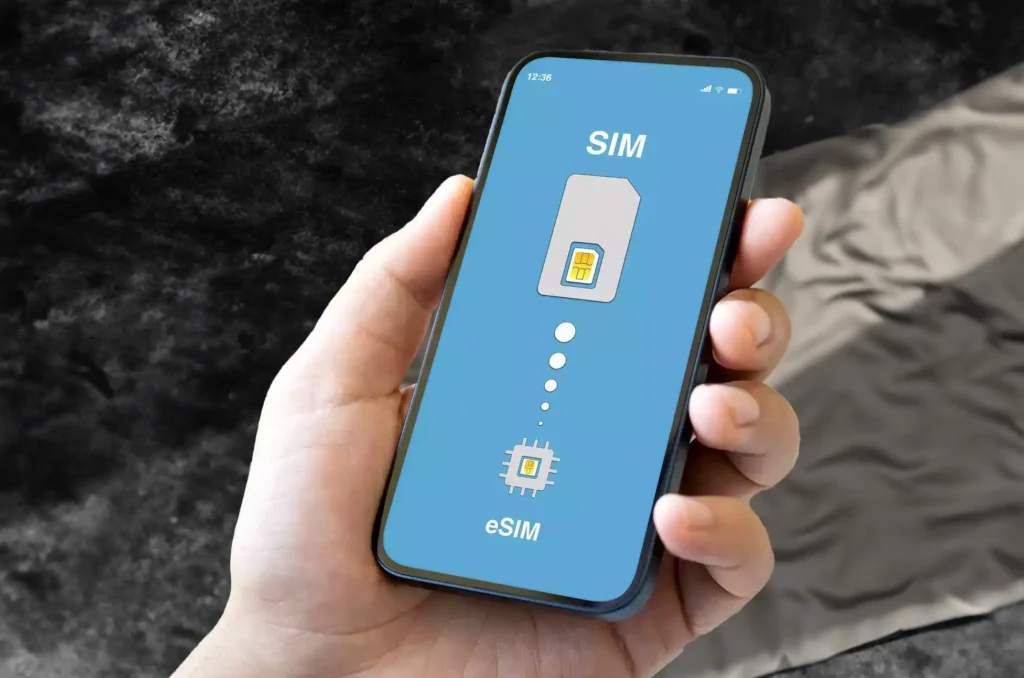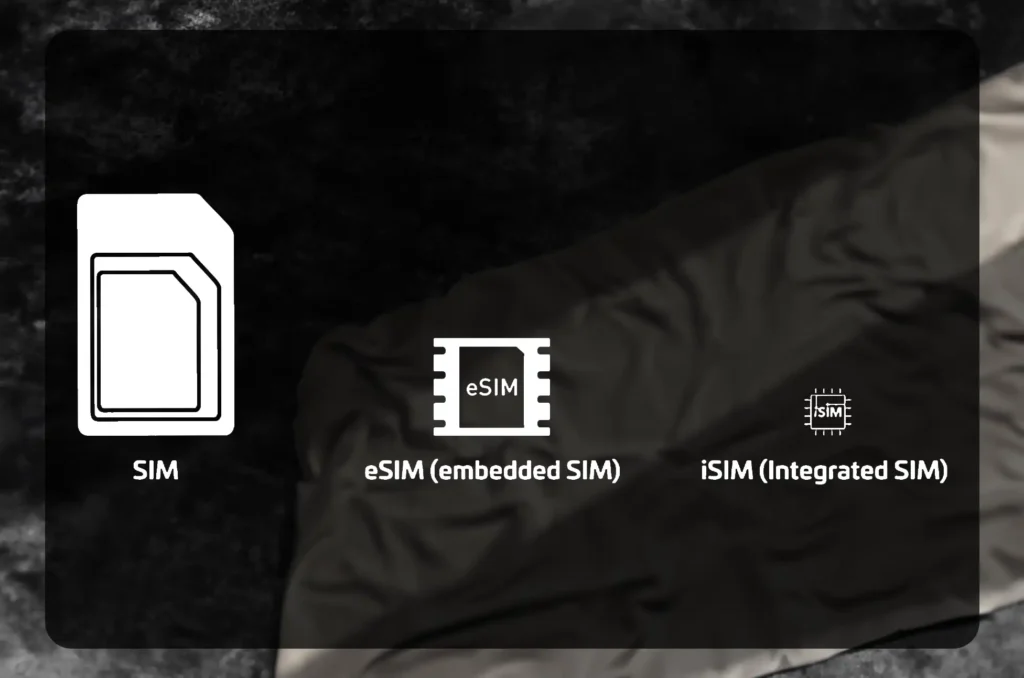
You’re not alone if you’ve heard of eSIM and iSIM but aren’t sure what the differences are. These two terms are frequently used while discussing new phones and devices, and their significance is growing by the day. So, what exactly is the difference between eSIM and iSIM? Let us get started.
What is eSIM?
eSIM stands for “Embedded SIM,” and unlike the little card you may recall inserting into the side of your phone, an eSIM is embedded directly into the phone itself. Nothing needs to be added; it’s already there.
eSIM Highlights

- Built-in: No more struggling with little cards.
- Remote Switch: Do you want to switch services? No need for a new card if you do it online.
- Multiple Plans: Store various subscriptions or phone numbers on the same device. Convenient for travel or business.
The best thing about eSIMs is how small they are. Even though Nano-SIMs are tiny, eSIMs are even tinier—three times smaller, in fact. This means your phone has extra space for stuff like a better camera or a larger battery. Plus, it’s one less place where water or dirt could get in.
With an eSIM, you can also keep your regular SIM card. This is great for having both your work and personal numbers on one phone. If you’re going on a trip, you can even add a local SIM to save on data costs. A lot of new phones let you use eSIM just for data, making it extra useful when you’re out of the country.
Getting an eSIM set up is different than a regular SIM. Each phone carrier has its own way to do it, so just make sure to follow the steps they give you.
Keep in mind, not every phone can use eSIMs. Most new, high-end phones can, including most Androids and all new iPhones. Before you decide to get an eSIM, double-check if your phone can use it. Also, make sure your phone plan supports eSIM, especially if you’re on a cheaper, prepaid plan. Some smaller carriers don’t offer eSIM support.
What is iSIM?

iSIM stands for “Integrated SIM,” and it expands on the concept of an eSIM. Instead of having its own slot in the phone, iSIM is integrated int\ the phone’s primary computer chip.
iSIM Highlights
- Smaller: It takes up less space on your phone.
- Cheaper: Lower costs result from fewer individual parts.
- Extra Safe: Its built-in security measures make it an excellent choice for smart homes and other connected devices.
iSIM is the newest kind of SIM card, and it’s even more built into your phone. It’s so small because it doesn’t need any extra parts to work. It was made by a company called ARM mainly for smart gadgets around your home, like doorbells that connect to the internet.
You might think iSIMs are just like eSIMs, but they’re actually better in some ways. They’re safer, use less battery, and work with more networks.
Key Difference between eSIM and iSIM
When comparing eSIM and iSIM, several key aspects set them apart.

Size and Cost
eSIMs are already a leap forward as they’re built directly into your device, saving some space. However, iSIMs go even further by being part of the device’s main computer chip, offering the ultimate in space and cost savings.
Flexibility
With eSIMs, you have the luxury of switching carriers without the need for a physical SIM card, all done remotely. iSIMs offer similar flexibility, although they are not as widely used as eSIMs at this time.
Security
eSIMs offer a sturdy design that’s hard to mess with since they’re built into the device. iSIMs elevate this security by being integrated right into the main chip, providing the highest level of security among the two.
Conclusion
eSIM and iSIM are both present-day ways of connecting your devices without the hassle of a physical card. eSIM is more widespread and provides greater flexibility, whereas iSIM is emerging as a safe and cost-effective choice, particularly for connected devices in your home or business.
Knowing the distinction between eSIM and iSIM will help you make more informed decisions when purchasing your next phone or linked device.
All products, and company names, logos, and service marks (collectively the "Trademarks") displayed are registered® and/or unregistered trademarks™ of their respective owners. The authors of this web site are not sponsored by or affiliated with any of the third-party trade mark or third-party registered trade mark owners, and make no representations about them, their owners, their products or services.

Comments are closed.